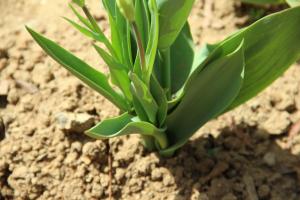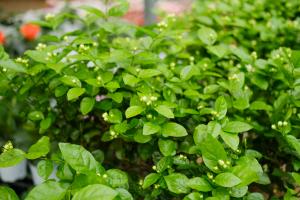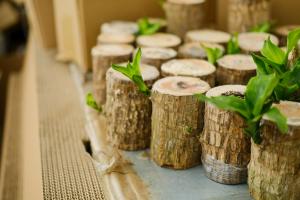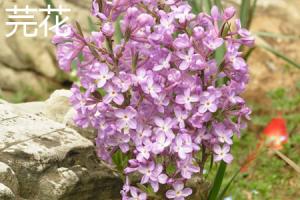Introduction
There is a common belief among gardeners that certain plants are incompatible and should not be grown together. One question that often arises is whether planting tomatoes and peppers together is harmful. In this article, we will take a look at the facts and myths surrounding this topic.
The Benefits of Planting Tomatoes and Peppers Together
Tomatoes and peppers are two of the most popular vegetables grown in gardens worldwide. From a horticultural standpoint, planting them together can have several benefits. Firstly, both plants require similar growing conditions, including full sun, warm temperatures, and well-drained soil. Planting them in close proximity can help conserve water and nutrients, which can ultimately lead to healthier plants and higher yields. Additionally, peppers and tomatoes are both members of the nightshade family, and they can benefit from each other's natural pest and disease resistance.
Myths About Planting Tomatoes and Peppers Together
Despite the many benefits of planting tomatoes and peppers together, there are also several myths that suggest this practice can be harmful. One of the most common misconceptions is that planting the two together can lead to a condition known as "tomato disease." This belief is unfounded, as there is no such disease that affects both tomatoes and peppers exclusively. Similarly, some gardeners believe that planting tomatoes and peppers too close together can result in cross-pollination, leading to undesirable traits in the plants. However, this is also a myth, as tomatoes and peppers belong to different species and cannot cross-pollinate with each other.
Potential Problems and Solutions
While there is no scientific evidence to suggest that planting tomatoes and peppers together is harmful, there are still some potential problems that gardeners may face. For example, both plants are susceptible to certain pests and diseases, such as aphids, whiteflies, and leafhoppers. To prevent infestations, gardeners should practice good garden hygiene, including removing diseased plant debris, watering at the base of the plants, and rotating crops to different locations each year. Additionally, some gardeners have reported that planting peppers next to tomatoes can result in the peppers being shaded by the larger tomato plants. To avoid this issue, gardeners should consider planting taller pepper varieties or using trellises to provide support.
Conclusion
In conclusion, planting tomatoes and peppers together can be a beneficial and rewarding gardening practice. While there are some potential problems to be aware of, such as pest and disease infestations and shading, these can be easily mitigated through careful planning and regular maintenance. Overall, gardeners should not be afraid to experiment with combining different plants in their gardens, as there is often more to be gained than lost.

 how many times do yo...
how many times do yo... how many planted tre...
how many planted tre... how many pine trees ...
how many pine trees ... how many pecan trees...
how many pecan trees... how many plants comp...
how many plants comp... how many plants can ...
how many plants can ... how many plants and ...
how many plants and ... how many pepper plan...
how many pepper plan...
































